Crossing the Line: Caring Across Borders
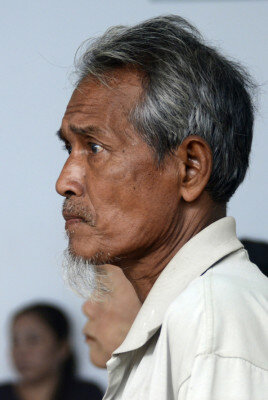



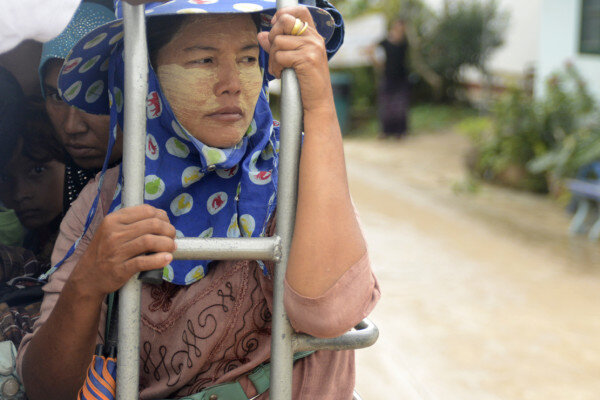
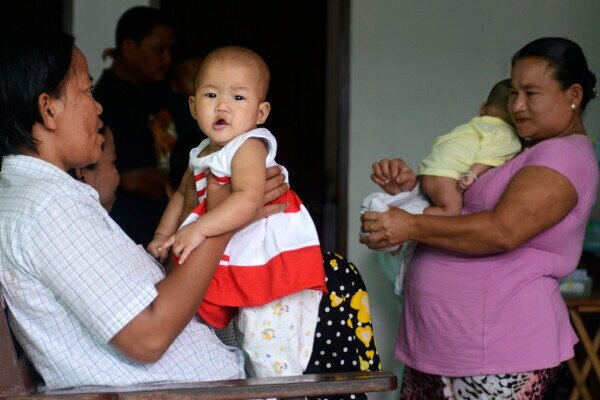
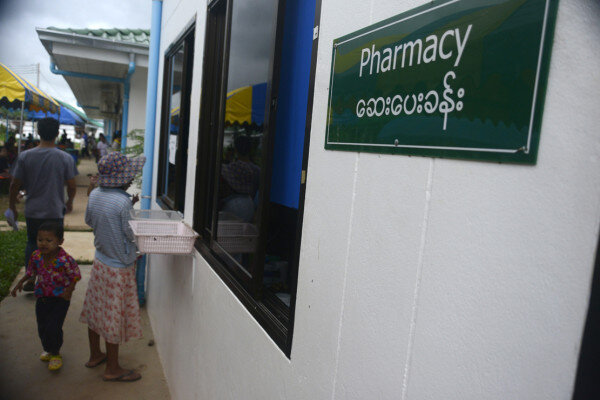
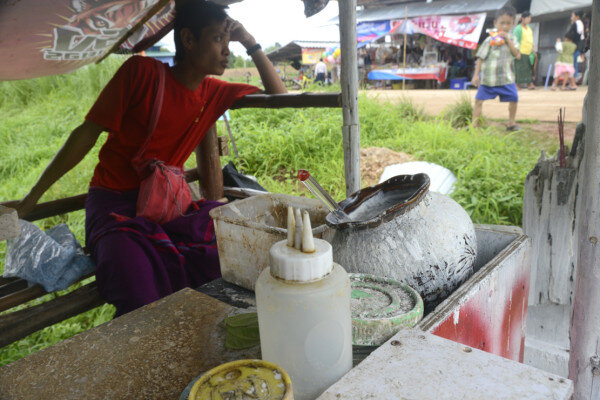
By Arnab Roy Chowdhury and Sreedeep Bhattacharya
The Mae-Tao-clinic in the Tak province of Thailand is located in a conflict-ridden border zone with Myanmar, where life, livelihood and cultural pursuits are liminal, chaotic and dangerous. In spite of this, some organizations continue to provide healthcare to the vulnerable refugee population of the area. This dynamic can be seen throughout the district of Mae-Sot, on the border of Thailand and Myanmar. Here health is synonymous with the right to a democratic, humane life free from terror and violence. The mere existence of a clinic like Mae-Tao shows a hope in the face of challenge -- an incremental and dignified fight for justice.
Photo 6. “The clinic acts as a beacon of hope for displaced ethnic minorities in Myanmar. Built at a cost of $1.5 million health specialists here now treat a range of diseases, including TB, malaria and HIV.”
The clinic is deeply embedded in the geopolitics of Southeast Asia. It provides healthcare and health-training for displaced Burmese, Karen refugees and other migrants, who have been fleeing Myanmar for last two decades due to civil strife and military conflict. Beyond refugees, there are also many health migrants from Myanmar who come here for treatment, owing to substandard healthcare facilities in the country. The Burmese government spent 1% of GDP on healthcare, according to the World Bank. In the last 28 years, the clinic has trained more than 2600 health workers, says its director, who work in 114 rural clinics and have a resource of 125 mobile and backpack teams who go to the most remote locations inside dense forests and hilly terrains in Burma to treat patients. This team delivers healthcare to a population of 50,000 people.
But despite international acclaim, the clinic is forced to underplay its work locally. Its director, Dr Cynthia Maung, fled Myanmar for Thailand on 19th September 1988 along with fourteen colleagues. En route she treated injured refugees and war-torn villagers, finally establishing herself in Mae Sot, where her work continues today.
Editor’s Note: Photo 6 does not appear in the slideshow due to size. (3/18/2020)
About the Author
Arnab Roy Chowdhury is currently working as a postdoctoral researcher with the public policy think-tank Move Media Communications. Prior to this he was a Visiting Assistant Professor in the Public Policy and Management Group in the Indian Institute of Management, Calcutta (IIMC). He received his PhD in Sociology from the National University of Singapore (NUS) in May 2014.
Sreedeep Bhattacharya is currently a fellow with the Centre for Public Affairs and Critical Theory at Shiv Nadar University. He has worked on several visual projects on varied subjects mostly pertaining to contemporary urban issues focusing on exclusion, environment and consumption. He completed his doctoral studies in Sociology from JNU.
